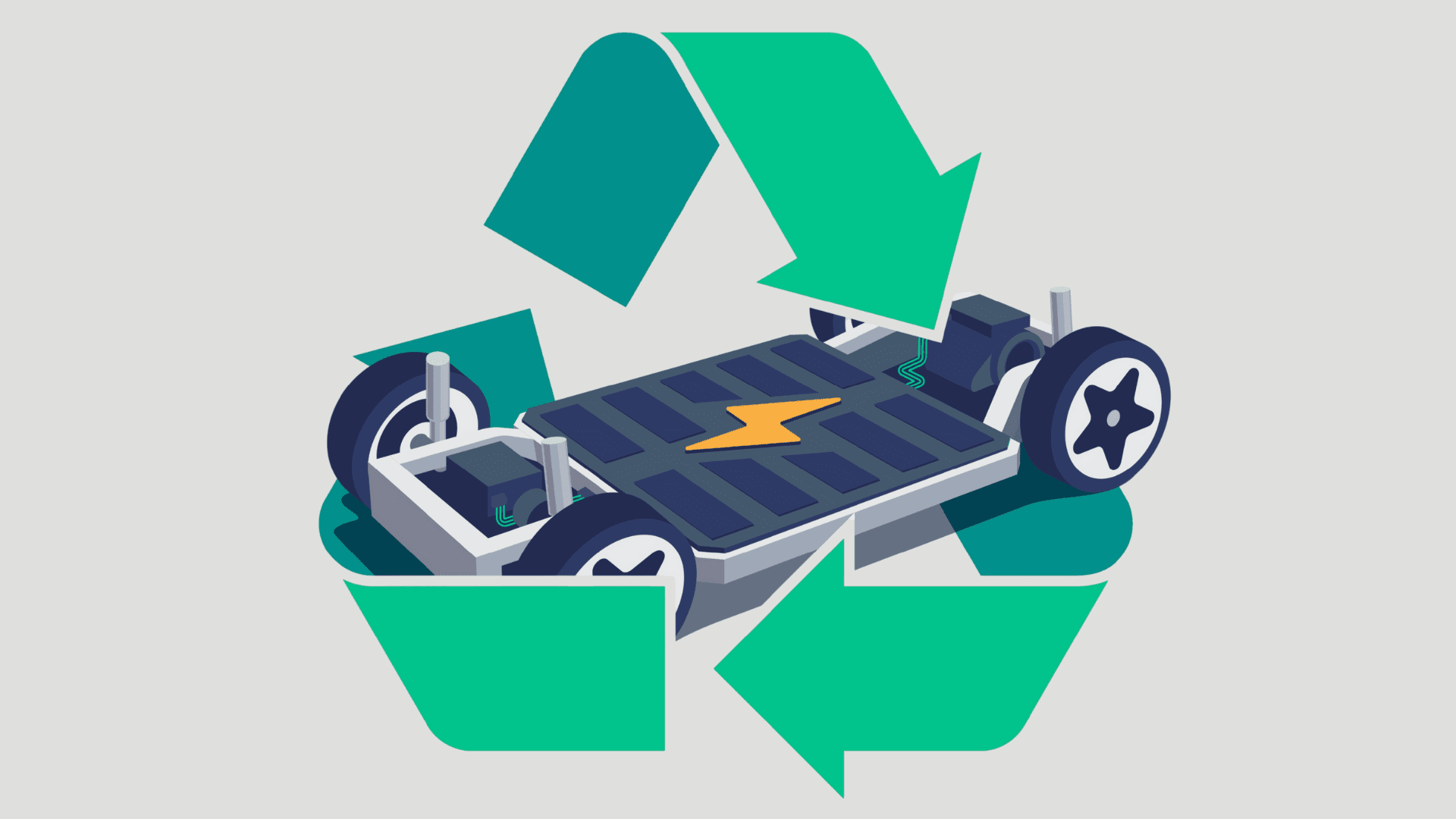Finding the right recycling strategy for electric vehicle batteries is a challenging task. Within these difficult-to-recycle batteries are valuable materials, including critical metals like nickel and cobalt. Extracting and reusing these metals is also difficult. However, a revolutionary recycling method may hold the answer to doing it.
The technology developed by a research team affiliated with the Ulsan National Institute of Science and Technology (UNIST) promises to transform the industry by recovering over 95% of these valuable materials. Additionally, it can extract them while maintaining a purity of over 99%.
Conventional wet recycling methods rely on energy-intensive processes to separate coexisting metals. These challenging processes involve strong acids and chemical extractants, resulting in large volumes of hazardous wastewater. However, the new method overcomes these limitations with a selective electrochemical separation process.
A New Method For Recycling EV Batteries

This new method, developed by Professor Kwiyong Kim and his research team from the Department of Civil, Urban, and Environmental Engineering, utilizes a multifunctional special solvent.
Nickel and cobalt are efficiently recovered in a single, environmentally friendly step. This breakthrough leverages the different voltages at which metal ions reduce and deposit as solid metals. Additionally, researchers successfully addressed the common issue of nickel and cobalt co-depositing at similar voltages. They did this with a specialized co-solvent.
They found that Ethylene glycol in the solvent binds with nickel ions, while chloride ions stabilize cobalt as tetrachlorocobaltate complexes (salts containing the tetrachlorocobaltate(II) anion). This differential coordination effectively shifts the reduction voltages, which allows nickel to be deposited at –0.45 V and cobalt at –0.9 V. As a result, it enables precise and separate collection.
An additional benefit is the in-situ self-purification capability. Chlorine byproducts that are naturally formed during the process selectively dissolve any remaining cobalt impurities. This enhances the purity of the recovered nickel, eliminating the need for additional refining steps. Furthermore, the hydrochloric acid contents of the solvent can be regenerated and reused for at least four cycles.
The process achieved impressive recovery rates, exceeding 95%, and a separation purity of over 99.9% for both nickel and cobalt.
“By overcoming the long-standing trade-off between purity and recovery rate in electrochemical separation, our method offers a sustainable and cost-effective solution. It minimizes chemical use and wastewater, contributing to a more sustainable battery recycling ecosystem,” said Professor Kim.


